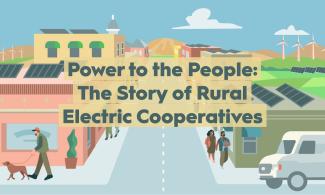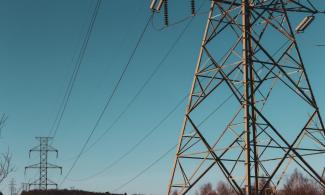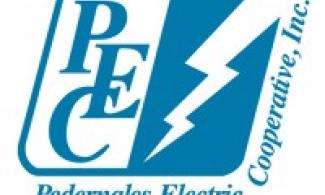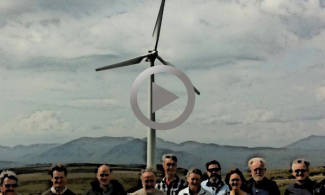
The Story of Rural Electric Cooperatives
Originally published at Shareable
At a moment when the world is awakening to the clear and present need to transition our energy system, a hopeful light gleams from the rural landscapes of America. The Rural Power Coalition (RPC), a diverse alliance of US advocacy groups serving rural communities from Alabama to Alaska, has taken another step forward with the release of “Power to the People: The Story of Rural Electric Cooperatives.” This animated short film that premiered today during the annual PowerXchange Conference in San Antonio, Texas, is not just a tale of the past; it’s a clarion call for a greener, more equitable future.
The journey of rural electrification is a testament to community resilience and innovation. With the inception of Rural Electric Cooperatives (RECs) in the early 20th century, spurred by the 1936 Rural Electrification Act, rural America quite literally, lit up.
These cooperatives, owned and operated by the very communities they serve, are providing more than 42 million member-owners across nearly every state with not just electricity, but a model of democratic, member-driven governance.
Bri Knisely from Appalachian Voices, a member organization of RPC, articulates a vision of an energy system that is not only transparent and democratic but also reliable, renewable, and inclusive. The Inflation Reduction Act (IRA) of 2022, with its historic $11 billion investment in rural clean energy programs, represents a beacon of hope and is seen as a pivotal moment to reimagine and rebuild the energy infrastructure in these areas. It’s about ensuring that the benefits of clean energy and technological advancements like broadband are equitably distributed, enabling rural communities to thrive.
Narrated by Rev. Michael Malcom, executive director of The People’s Justice Council – a coalition member – and produced in collaboration with The Story of Stuff Project, Shareable, and Ruben DeLuna Creative, with support from the 11th Hour Project, this film does more than recount the history of rural electrification; it serves as an inspiration, showcasing the transformative power of collective action and the potential for rural communities to lead the charge in the clean energy transition.
Philip Fracica of Renew Missouri emphasizes the film’s objective to inspire active engagement among REC member-owners. According to a leaked study conducted by the National Rural Electric Cooperative Association (NRECA) and Touchstone Energy in 2015, roughly 56% of energy coop member-owners don’t even know they have governance rights over their utilities and have the right to vote and run for their coop boards.
The transition to clean energy presents a unique opportunity to ensure that rural America is not left behind but is instead at the forefront of the sustainable energy movement.
As the RPC members gather at PowerXchange to network with leaders in the cooperative electric utility sector, their dedication to facilitating a smooth transition for cooperatives into clean energy is palpable. By leveraging the strength of community and cooperative principles, they aim to ensure that the fruits of these programs are fully realized by the rural communities they are intended to benefit.
This initiative by RPC and its partners embodies the spirit of Shareable, championing solutions that bring about social justice, environmental sustainability, and a future where every community has the power to shape its destiny.
Shareable has been a working partner in the Rural Power Coalition, leading all communications projects for the coalition since its founding in 2020.




Add new comment